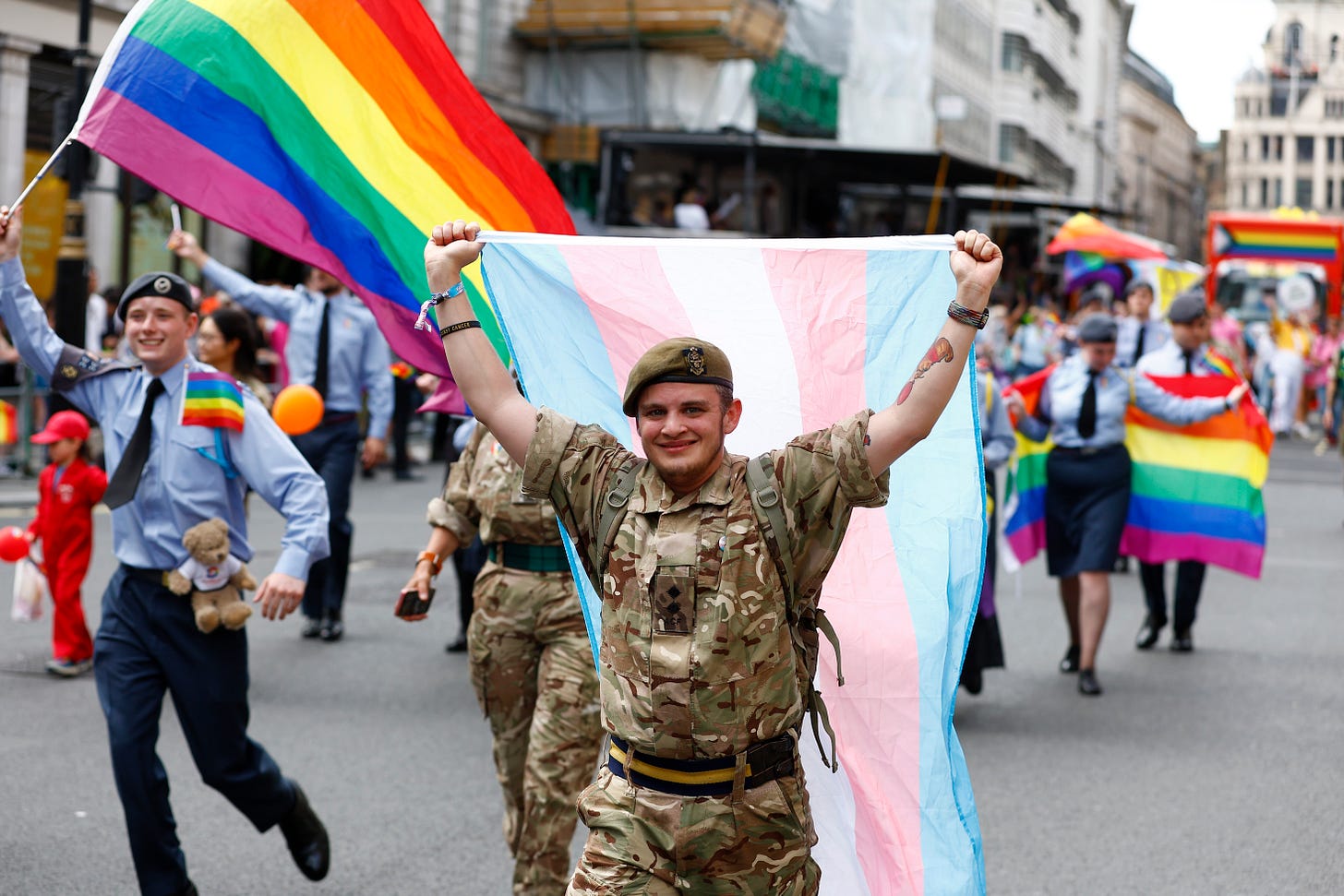What is “gender identity”?
Why are so many government policies based on a concept that no-one can define?
The concept of “gender identity” is the engine of a recent revolution in public health policies and school curricula, and well as guidelines for the civil service, law enforcement agencies, academia, the army, the judiciary and the corporate world. This week it was reported that the Labour government has instructed all its departments to modify its offi…



